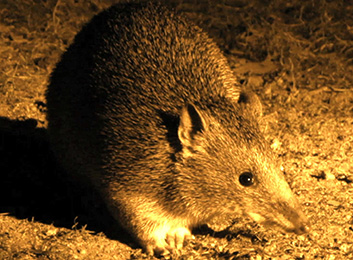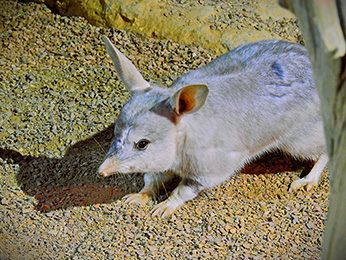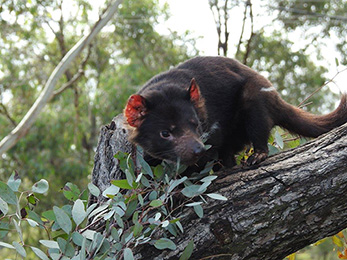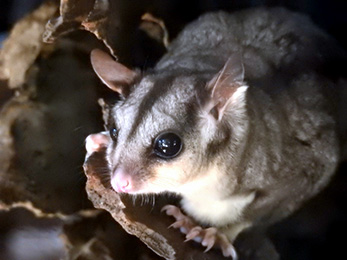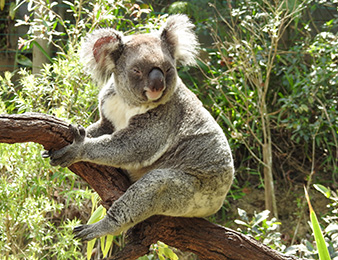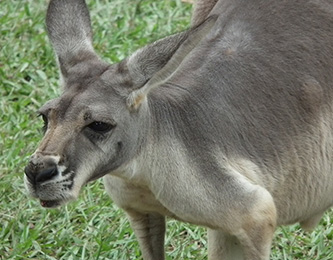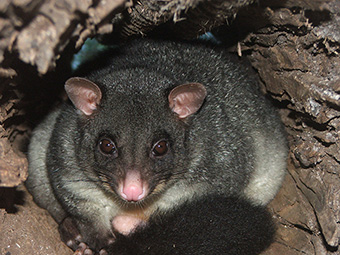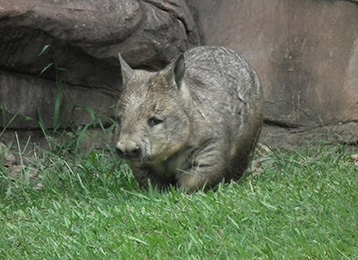MARSUPIALS
The Marvel of Marsupials: A Journey Through Australia’s Most Distinctive Mammals
Imagine the hush of an early dawn in the Australian bush. Within the protective embrace of a eucalyptus tree or the tall grass of an open plain, a mother marsupial stands quietly. She is poised for one of nature’s most extraordinary events—a birth unlike any other among mammals.
Out of the mother’s cloaca emerges a newborn, no larger than a jellybean, blind and nearly translucent. The scene is both delicate and astonishing. Guided by instinct, the tiny joey uses its well-developed front limbs to climb, inch by inch, towards the pouch—its sanctuary. The journey is fraught with peril; if the joey slips, there is no way back. The mother must remain perfectly still, her pouch open and welcoming, ensuring the joey’s path is unimpeded.
Once inside, the joey latches onto a nipple. The nipple swells inside its mouth, anchoring it safely. Here, nestled in warmth and darkness, the joey’s real growth begins. Unable to suckle actively, it depends on a gentle, continuous flow of milk, perfectly tailored to its needs.
The Spectrum of Marsupial Life
Australia’s marsupials are a vivid tapestry of life, each species a unique thread woven through the continent’s varied landscapes:
- Red Kangaroo: A newborn is the size of a grape, growing into the world’s largest marsupial.
- Feathertail Glider: Barely the size of a grain of rice at birth, this tiny mammal matures into a nimble, gliding forest dweller.
- Koala: Specialises in eating eucalyptus leaves, spending most of its life high in the treetops.
- Wombat: Expert burrowers, these sturdy animals carve out complex tunnels beneath the earth.
| Species | Newborn Size | Adult Habitat | Notable Adaptation |
|---|---|---|---|
| Red Kangaroo | Grape | Grassland | Powerful hind legs |
| Feathertail Glider | Grain of rice | Forest canopy | Gliding membrane |
| Koala | Broad bean | Eucalypt woodland | Specialised diet |
| Wombat | Jellybean | Grassland/forest | Burrowing claws |
Evolutionary Adaptations
Marsupials have thrived in Australia’s challenging and ever-changing environments. Their reproductive strategy is key:
- Early Birth: Allows a mother to adjust her investment depending on resources and conditions.
- Low Metabolic Rate: Enables survival during periods of food scarcity or drought.
- Ecological Versatility: Marsupials fill niches similar to those of placental mammals elsewhere, such as predators, grazers, and insect-eaters.
A Symphony of Senses
Picture the soft rustle of leaves as a possum glides overhead, or the cool, earthy scent rising from a wombat’s freshly dug burrow. Listen to the distant thud of a kangaroo bounding across red earth, the air shimmering in the midday heat. Each sense—sight, sound, touch, and even smell—paints a vivid portrait of marsupial life in Australia.
Challenges and Conservation
Despite their resilience, marsupials face mounting threats:
- Habitat Loss: Clearing of bushland for agriculture and development fragments vital habitats.
- Invasive Species: Predators like foxes, dogs and cats have devastated populations.
- Climate Change: Alters food availability and increases the risk of bushfires and drought.
Conserving marsupials is not just about saving individual species—it is about preserving the intricate web of life that defines Australia’s natural heritage.
Why Marsupials Matter
Marsupials are living testaments to evolution’s creativity. They are more than scientific curiosities; they are symbols of Australia’s uniqueness. Their survival depends on our willingness to understand, protect, and cherish the landscapes they call home.
Every marsupial joey’s journey is a story of resilience and adaptation, echoing the history of Australia itself. By learning about and caring for these remarkable creatures, we become stewards of a living legacy—one that, with care and effort, will endure for generations to come.
Let us celebrate and protect these extraordinary mammals, ensuring that the gentle thump of a kangaroo, the sleepy gaze of a koala, and the secretive tunnelling of a wombat remain a part of the Australian story forever.

